Understanding Tailgating in Cybersecurity

What is Tailgating in Cybersecurity?
Tailgating in cybersecurity is when unauthorized individuals sneak into restricted areas by following someone with authorized access. This security breach often occurs in business settings and is a straightforward method to bypass physical security like electronic door systems. It usually happens when an employee unknowingly allows an unauthorized person to follow them into a secure area, posing a serious risk by potentially exposing sensitive information or areas to these intruders. While sometimes unintentional, tailgating remains a significant threat to a company's security, as it can lead to unauthorized access to critical data or resources.
Tailgating Attacks vs. Piggybacking Attacks
Tailgating and piggybacking attacks both lead to unauthorized access, but they differ in their approach. Tailgating often happens unintentionally when an authorized person unknowingly allows an intruder to follow them into a secure area. It's usually a result of oversight in busy settings. In contrast, piggybacking is a deliberate action where the intruder intentionally follows someone with access to breach security. This method involves more planning as the intruder waits for an opportunity, like someone opening a secure door, and then quickly follows before the door shuts. Both pose security risks by enabling unauthorized access to protected areas.
How Does Tailgating Work
Tailgating is a simple method where an intruder quietly follows an authorized person through a secure entry point, like a door requiring a keycard. The intruder takes advantage of the moment when the door is open, slipping in unnoticed behind someone who is authorized to enter. This technique is effective because people often don't challenge or even notice someone walking closely behind them, especially in busy areas where attention is divided. Tailgating relies on timing and the intruder’s ability to blend in without drawing attention, making it a common yet concerning security issue.
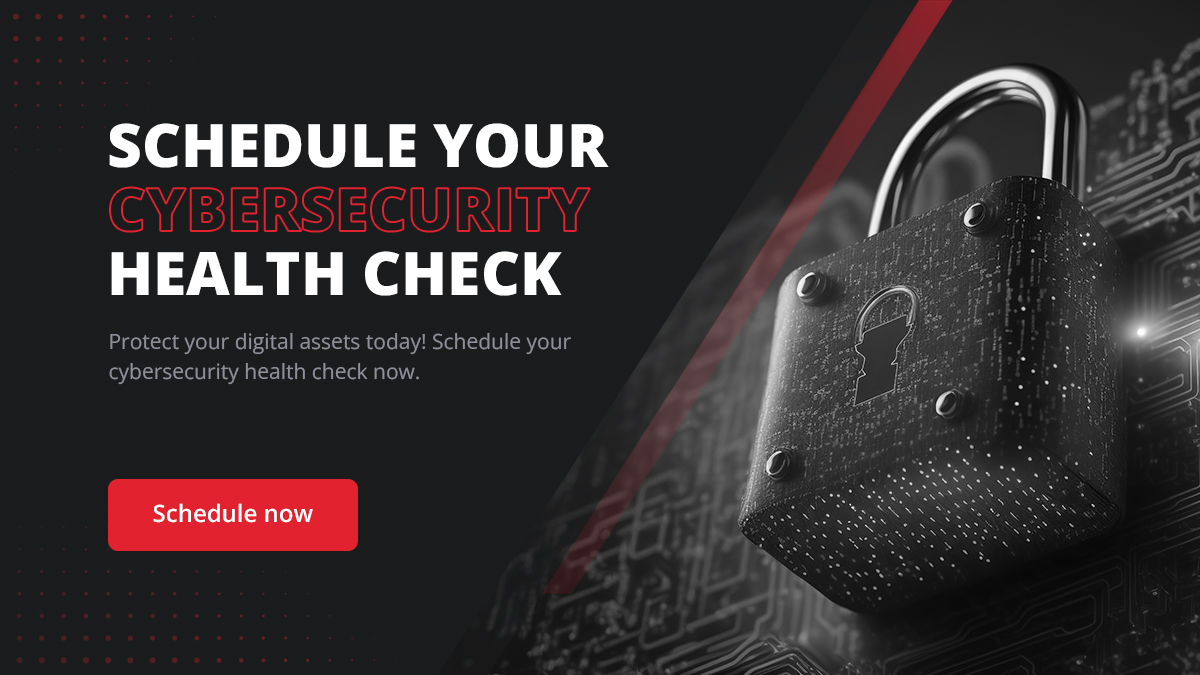
Dangers of Tailgating
Tailgating poses serious risks by allowing unauthorized access to secure areas, leading to various dangers, such as data breaches, where sensitive company or customer information can be compromised. It also increases the risk of theft of valuable physical and intellectual property. Furthermore, the presence of unauthorized individuals in restricted areas compromises workplace safety and can have broader implications like damaging the company's reputation and employee trust. Thus, tailgating represents a significant security threat with potentially wide-ranging consequences for any organization.
Who’s at Risk of Tailgating Attacks?
Organizations with physical security controls, like keycard-protected areas, are at risk of tailgating attacks, especially if they lack strict access enforcement or employee awareness. This risk is higher in places with frequent foot traffic, such as large offices or public institutions, and also in smaller businesses where security measures may not be as comprehensive. The vulnerability increases when employees are not well-trained in security protocols, allowing unauthorized individuals easier access following authorized personnel. Essentially, any workplace with controlled entry points can be susceptible to tailgating if security practices and awareness are not adequately maintained.
Factors That Make an Enterprise Susceptible to Cybersecurity Threats

Absence of Effective Employee Training
Without proper training, employees may not recognize or respond effectively to security breaches like tailgating. Inadequate training can also lead to a lack of vigilance and awareness among staff, further increasing the risk of security incidents. Moreover, employees untrained in cybersecurity best practices might inadvertently contribute to vulnerabilities, such as by using weak passwords or falling prey to phishing attacks.
Lack of Physical Security Measures
Inadequate security at entry points, like unmonitored doors or gates, allows unauthorized individuals to easily tailgate authorized personnel into secure areas. The absence of surveillance systems, electronic entry controls, or security personnel at these points exacerbates the risk. Regularly updating and testing security infrastructure is crucial to prevent such unauthorized access.
Poorly Managed Access Credentials
When ID badges, key cards, or access codes are poorly managed, it poses a significant security risk. If these credentials are not carefully issued, tracked, and deactivated when necessary, they can be misused by unauthorized individuals. Regular audits, strict policies against sharing credentials, and prompt actions for lost or stolen badges are key to maintaining secure access control.
Why Tailgating Happens
Tailgating typically happens when employees aren't fully aware of security procedures or in workplaces where people hesitate to challenge unfamiliar followers to avoid seeming impolite. In large organizations, it's easier for unauthorized individuals to go unnoticed as not everyone knows each other. Busy work environments also contribute to the problem, with people distracted by their tasks and less attentive to security, like ensuring doors close properly behind them. This mix of insufficient security awareness, a culture of politeness, and distraction creates an environment where tailgating can occur, compromising workplace security.
Who is Most Vulnerable to Tailgating Attacks?
Organizations most vulnerable to tailgating attacks are those with relaxed security measures and high foot traffic, like large offices, public buildings, and educational or healthcare facilities. In these settings, it's easier for unauthorized people to blend in and follow authorized personnel unnoticed. Companies where employees are less vigilant about security, such as not ensuring doors are securely closed or not checking if followers have proper access, face a higher risk. The regular presence of visitors, contractors, or temporary staff further increases vulnerability, as it becomes challenging to monitor who is authorized to be in specific areas. These organizations need stronger security protocols and employee training to effectively reduce the risk of tailgating attacks.
How to Prevent Tailgating

Biometric Scanners
Biometric scanners enhance security by using unique biological characteristics, such as fingerprints or iris patterns, to verify identity, ensuring that only authorized personnel can access sensitive areas. This method significantly reduces the risk of unauthorized access due to lost or stolen credentials.
Video Surveillance
Video surveillance systems serve as both a deterrent to potential intruders and a tool for security teams to monitor activities and identify unauthorized individuals attempting to gain access. The presence of cameras can discourage would-be tailgaters and provide valuable evidence in the event of a security breach.
Electronic Access Control
Electronic access control systems offer a sophisticated means of securing entry points, utilizing technology to authenticate individuals before granting access. These systems can be programmed with varying levels of security clearance, tailoring access rights to specific groups or individuals.
Badge Reader
Badge readers verify the credentials of individuals attempting to enter secure areas, ensuring that only those with authorized badges can gain entry. This system is effective in managing access within multi-level organizations, where access needs may vary.
Turnstiles
Turnstiles are physical barriers designed to allow one person to pass at a time, effectively preventing tailgating by requiring each entrant to be authenticated. They are commonly used in environments requiring a high level of security, such as corporate buildings or data centers.
Camio
Camio is a tool that combines video monitoring with advanced analytics to enhance access control measures. By analyzing video footage in real time, it can identify and alert security personnel to unauthorized access attempts or suspicious behavior.
Access Control Management
Access control management involves the comprehensive oversight of all components of an access control system, including hardware and software, to ensure they function effectively and efficiently prevent unauthorized entries. Regular audits and updates are essential for maintaining security integrity.
Rack Occupancy Sensors
Rack occupancy sensors are designed to detect and alert security personnel when unauthorized access to server racks or sensitive equipment cabinets occurs. These sensors add an extra layer of security for critical data and hardware assets.
Open-Path Video Reader
The open-path video reader technology integrates video surveillance with access control, enabling real-time visual verification of individuals as they enter secured areas. This integration enhances the ability to detect and respond to unauthorized access attempts quickly.
Physical Barriers
Physical barriers, such as gates, bollards, or mantraps, provide a tangible layer of security designed to physically prevent unauthorized entry or tailgating into secure premises. These barriers are essential in high-security areas where controlling access is critical.

The Role of Policy and Culture in Preventing Tailgating
Developing and Implementing Security Policies
Developing and implementing clear security policies is fundamental to tailgating prevention, establishing guidelines that define authorized access and the procedures for managing visitors. By setting and enforcing these policies, organizations can create a secure environment that minimizes the risk of unauthorized entry, ensuring that all individuals on the premises have legitimate reasons to be there.
Fostering a Security-Conscious Workplace Culture
Fostering a security-conscious workplace culture where every employee understands and takes responsibility for the security of the premises can significantly reduce the risk of tailgating. Encouraging staff to challenge unknown individuals or those without proper access credentials fosters an environment where security is a shared responsibility, enhancing overall protection.
Integrating Physical and Digital Security Measures
The Importance of Unified Security Protocols
Unified security protocols are essential in ensuring that physical and digital security systems operate in harmony, providing a comprehensive security posture that addresses all potential vulnerabilities. This unified approach ensures that security measures are not siloed but instead work together to protect against a wide range of threats, including tailgating.
Best Practices for Integrating Security Systems
Best practices for integrating security systems include linking physical access control mechanisms with IT security systems to create a layered defense strategy. This integration enables real-time monitoring and management of security threats, providing a holistic view of the organization’s security stance and ensuring that any breaches, physical or digital, are quickly identified and addressed.
Advanced Technologies in Combating Tailgating
AI and Machine Learning in Security Monitoring
Leveraging AI and machine learning in security monitoring systems significantly enhances the ability to detect unusual patterns or behaviors that may indicate a tailgating incident. These technologies can analyze vast amounts of data from surveillance cameras and access control systems to identify potential security breaches, allowing for rapid response to threats.
Tailgating and Compliance
Understanding Relevant Compliance Requirements
Understanding and adhering to compliance requirements related to physical security is crucial for businesses to ensure they meet legal and regulatory standards. Awareness of these requirements helps organizations implement appropriate security measures, including tailgating prevention strategies, to protect sensitive information and assets.
Tailgating Prevention in Compliance Context
Implementing effective tailgating prevention measures is often a critical component of meeting compliance requirements, demonstrating an organization's commitment to maintaining a secure environment. These measures not only protect against unauthorized access but also ensure that businesses comply with regulations that dictate physical security practices, thereby avoiding potential legal and financial penalties.

Conclusion
At RedZone Technologies, we understand the importance of keeping your business secure. Tailgating attacks are a real threat, where unauthorized people slip into places they shouldn't be. Our team is here to strengthen your defenses, both physical and digital. We offer personalized solutions to protect you from these risks. With RedZone Technologies, you're not just safe; you're part of a family dedicated to security.
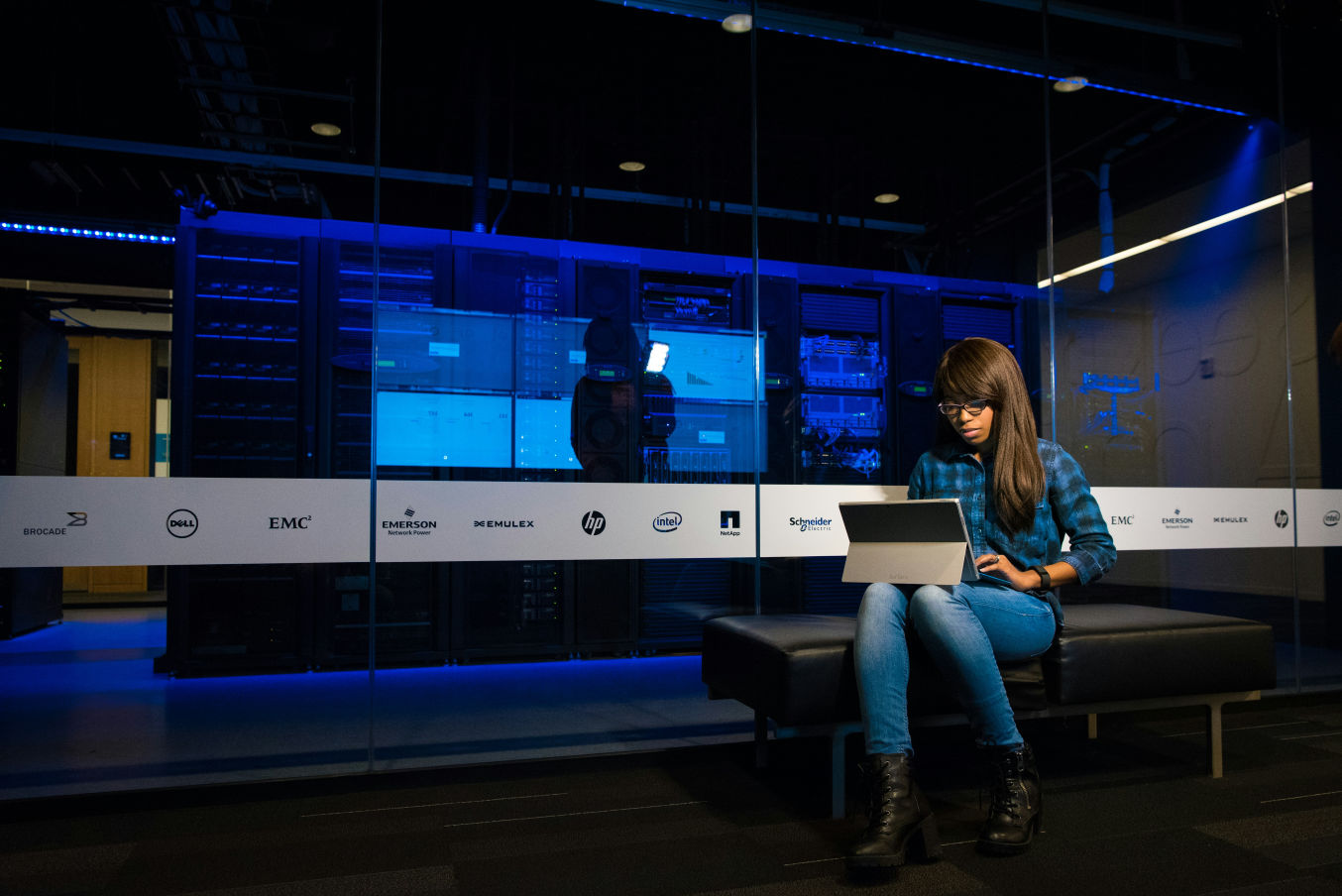 Security Updates
Security UpdatesUnderstanding IT Compliance: Scope, Benefits, and Challenges
Discover what IT compliance is, its importance, benefits, risks of non-compliance, frameworks, and how to achieve robust IT compliance in your organization.
 Security Updates
Security UpdatesImplement Secure Browsing with Powerful SSL Decryption
Explore the essentials of SSL decryption, its importance, challenges, and best practices for enhancing security and compliance for business in a detailed guide
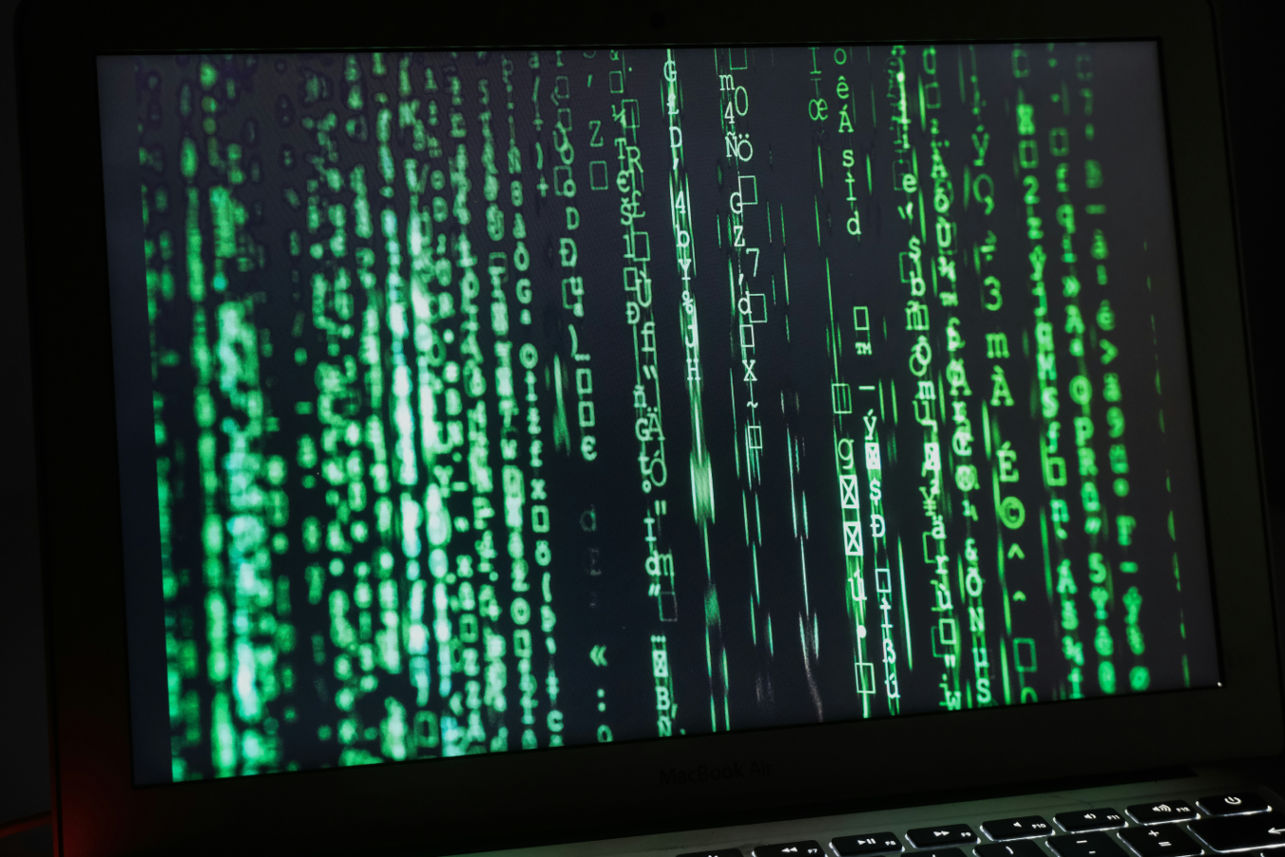 Security Updates
Security UpdatesTransitioning from Proxy Firewalls to Endpoint Security
Explore the evolution from proxy firewalls to endpoint security, enhanced threat detection, data encryption, and comprehensive protection for modern networks.
 Security Updates
Security UpdatesExpert IT Risk Assessment: Protect Your Business Today!
Mitigate potential IT threats with our comprehensive risk assessment guide, ensuring your digital infrastructure. Ensure your business is secure an...
 Security Updates
Security UpdatesEssential Guide to Best Practices in Compliance Security
Explore essential strategies for compliance security in this comprehensive guide. Learn about safeguarding your business and meeting regulatory sta...
 Security Updates
Security UpdatesSecure Your Data with Expert Cloud Database Solutions
Learn efficient solutions and secure your cloud databases with encryption and compliance features, ensuring data safety and privacy across all plat...
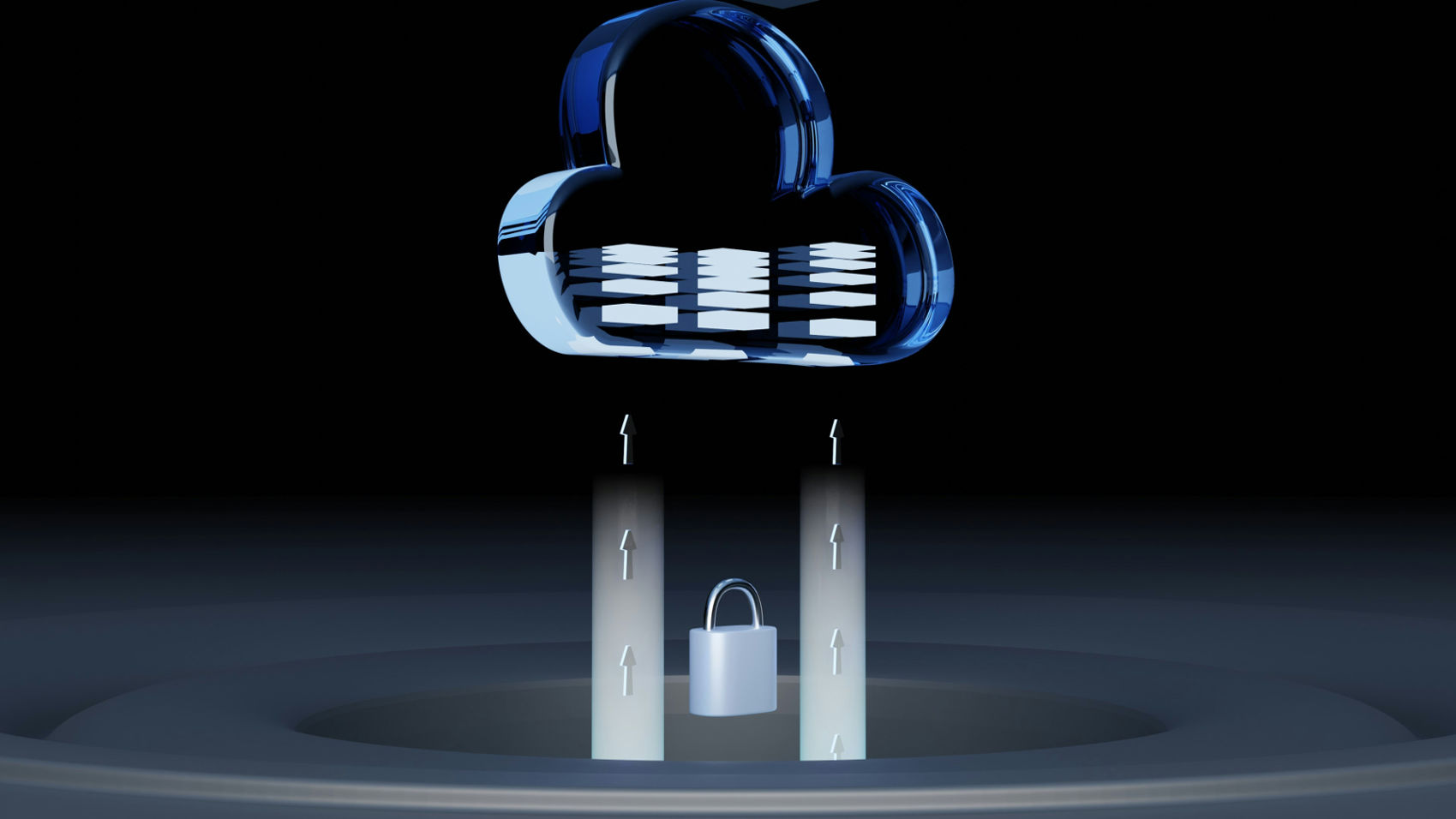 Security Updates
Security UpdatesA Guide to Cloud Network Technology: Benefits and Types
Unlock the potential of cloud network technology for seamless connectivity. Learn and scale solutions that drive business innovation and growth via...
 Security Updates
Security UpdatesAffordable Managed IT Services for Small Businesses
Explore top-managed IT services for small businesses to boost efficiency and security. Get expert insights and practical tips to optimize your IT o...
 Security Updates
Security UpdatesSecure Your Network with Gateway Security Solutions
Explore the essentials of gateway security: learn about its importance for network protection and best practices to safeguard your digital assets e...
 Security Updates
Security UpdatesDisaster Recovery Testing: Ensure Business Continuity
Explore effective disaster recovery testing strategies in this guide to maintain business continuity, prevent data loss, and minimize downtime duri...
 Security Updates
Security UpdatesMaximizing Security: Vulnerability Management Lifecycle
Explore the complete guide to the Vulnerability Management Lifecycle to boost your cyber resilience and secure your business IT infrastructure effe...
 Security Updates
Security UpdatesYour Network with Endpoint Security Management
Explore our comprehensive guide on Endpoint Security Management to understand its importance, how it works, and best practices for robust network s...
 Security Updates
Security UpdatesEnsuring Security Compliance: Tips, Insights & Strategies
Discover the essentials of security compliance, its importance, frameworks, and tools. Learn how to protect data and meet regulatory standards effe...
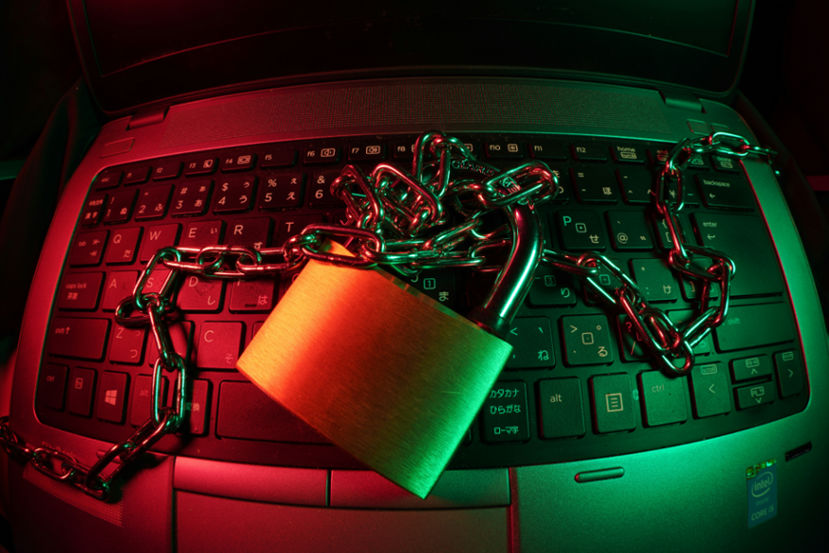 Security Updates
Security UpdatesBoost Your Security with Internal Penetration Testing
Dive into internal penetration testing with our in-depth guide. Learn the essentials, techniques, and best practices to fortify your cybersecurity ...
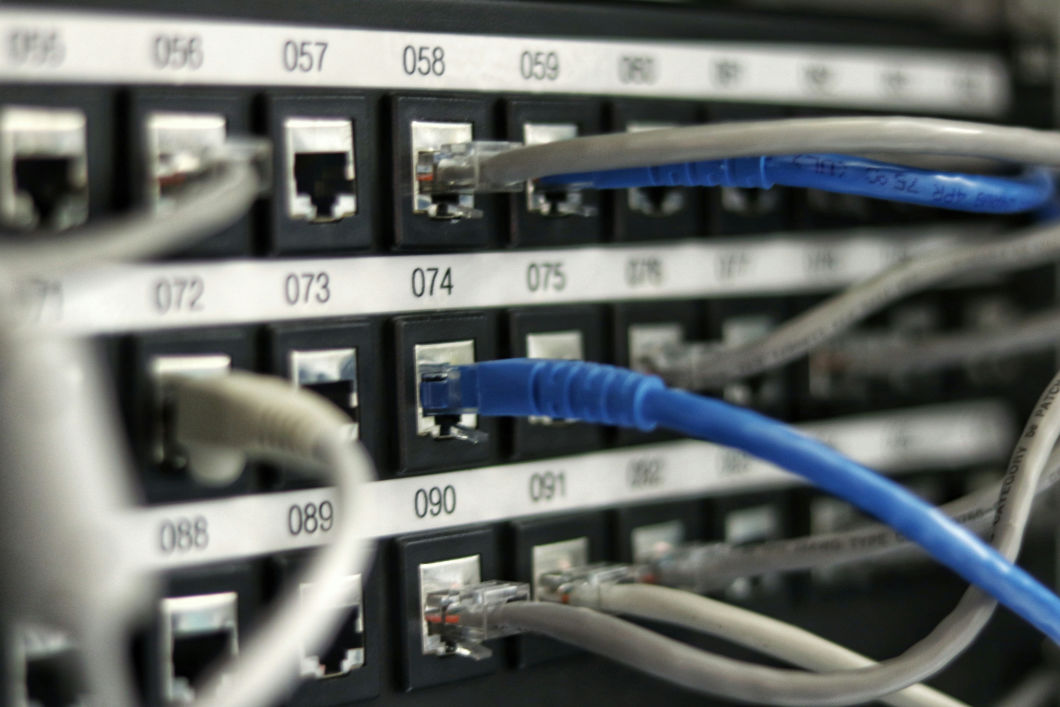 Security Updates
Security UpdatesEgress vs Ingress: A Guide to Data Traffic Management
Understand Egress vs Ingress in data management. Learn and explore their roles, traffic analysis, risks, and best practices for network and cloud s...
 Security Updates
Security UpdatesPrevent Credential Harvesting to Protect Your Precious Data
Understand credential harvesting. Learn how it works, common techniques, its impact, and strategies to prevent and mitigate attacks to secure your ...
 Security Updates
Security UpdatesSecure Your Big Data: Top Solutions for Data Security
Protect your valuable data with our robust big data security solutions. Learn about the threats and Safeguard against cyber threats and ensure comp...
 Security Updates
Security UpdatesSecure Your Network with Advanced Management Solutions
Explore the details of comprehensive network security management: Learn key strategies, best practices, and tools to safeguard your digital environ...
 Security Updates
Security UpdatesGuide to On-Path Attacks: Protecting Your Cybersecurity
Learn about on-path attacks in this comprehensive guide, exploring definitions, types, consequences, and key prevention strategies to safeguard you...
 Security Updates
Security UpdatesExploring Managed Cloud Services: A Comprehensive Guide
Dive into the Managed Cloud Services with our in-depth guide. Explore benefits, types, and best practices to enhance your business's cloud strategy...
 Security Updates
Security UpdatesComprehensive Guide to Ubiquitous Computing: Impact & Future
Explore the details of ubiquitous computing, from its core concepts and layers to its societal impact, key technologies, applications, and future p...
 Security Updates
Security UpdatesClone Phishing Explained: Detection and Prevention Guide
Discover how clone phishing works and its impact. Learn effective strategies to identify, prevent, and respond to these sophisticated email threats...
 Security Updates
Security UpdatesHow to Secure Your Business with Cyber Security Insurance
Explore the essentials of Cyber Security Insurance, covering its importance, types of coverage, benefits, and considerations for businesses in the ...
 Security Updates
Security UpdatesEfficient Data Spooling Solutions For Streamlined Operation
Learn How To Efficiently Manage And Store Your Data With Our Reliable Data Spooling Services. Keep Your Information Organized And Accessible With T...
 Security Updates
Security UpdatesMaximizing Compliance & Risk Management: Expert Strategies
Learn how to ensure business success with effective compliance and risk management strategies. Explore definitions, differences, frameworks, and ch...
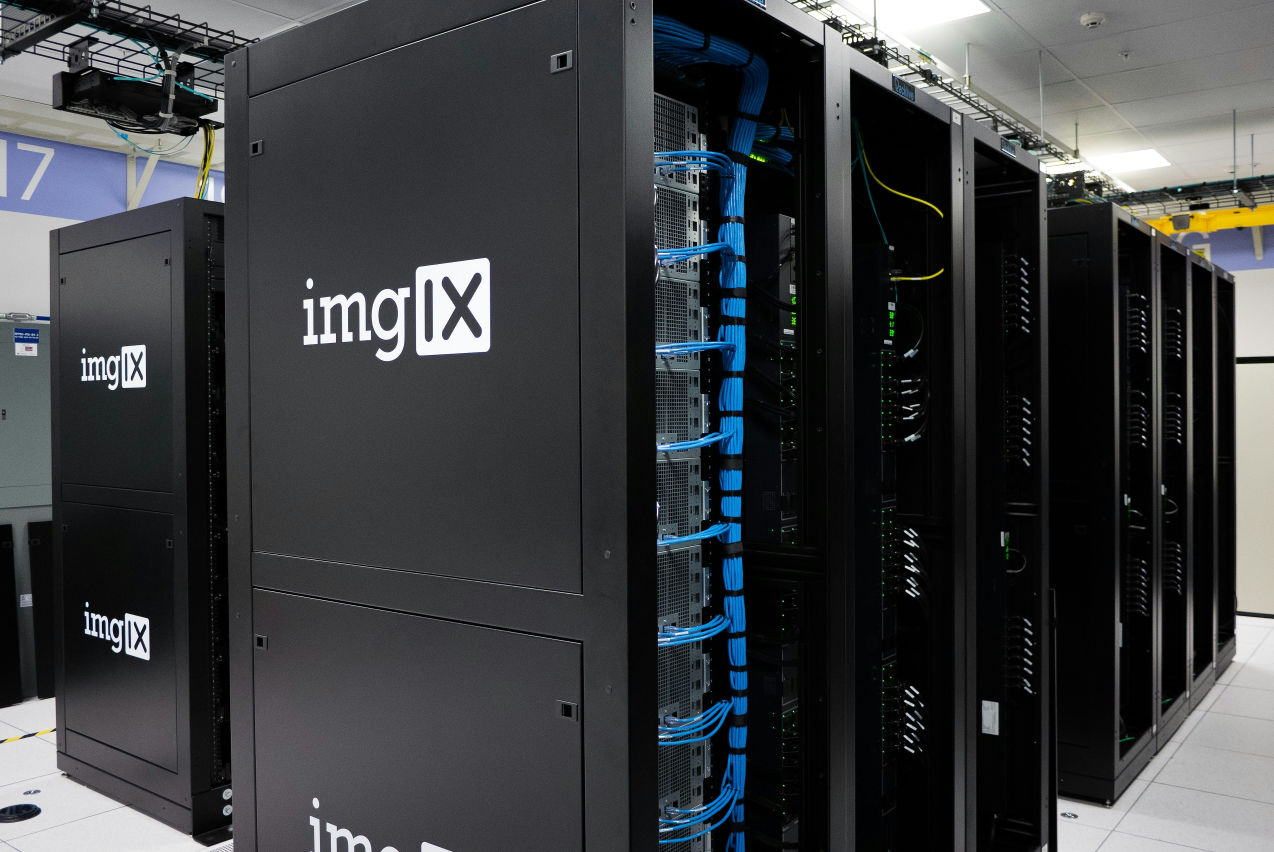 Security Updates
Security UpdatesUnderstanding MDF vs IDF: Key Differences & Benefits
Explore the crucial differences and examples between MDF and IDF in networking, understanding their roles, functions, and impact on network infrast...
 Security Updates
Security UpdatesRedZone Wins CRN's Top Security 100 & MSP 500 Awards 2024
RedZone Technologies earns CRN's Security 100 & MSP 500 Awards, affirming its leadership and innovative approach in the cybersecurity and IT manage...
 Security Updates
Security UpdatesJames Crifasi Speaks on Cybersecurity at Tech Conference
Join James Crifasi, CTO & COO of RedZone Technologies, at the Tech Conference as he explores cybersecurity's role in driving business growth and ad...
 Security Updates
Security UpdatesRedZone's James Crifasi Wins SonicWall's Technical Hero Award
CTO James Crifasi of RedZone Technologies earns SonicWall's Technical Hero of the Year, exemplifying unparalleled dedication to cybersecurity and I...
 Security Updates
Security UpdatesHow to Encrypt Email in Outlook
Learn how to encrypt email in Outlook with our step-by-step guide. Secure your messages using S/MIME, Office 365 Encryption OME, and add-ins for pr...
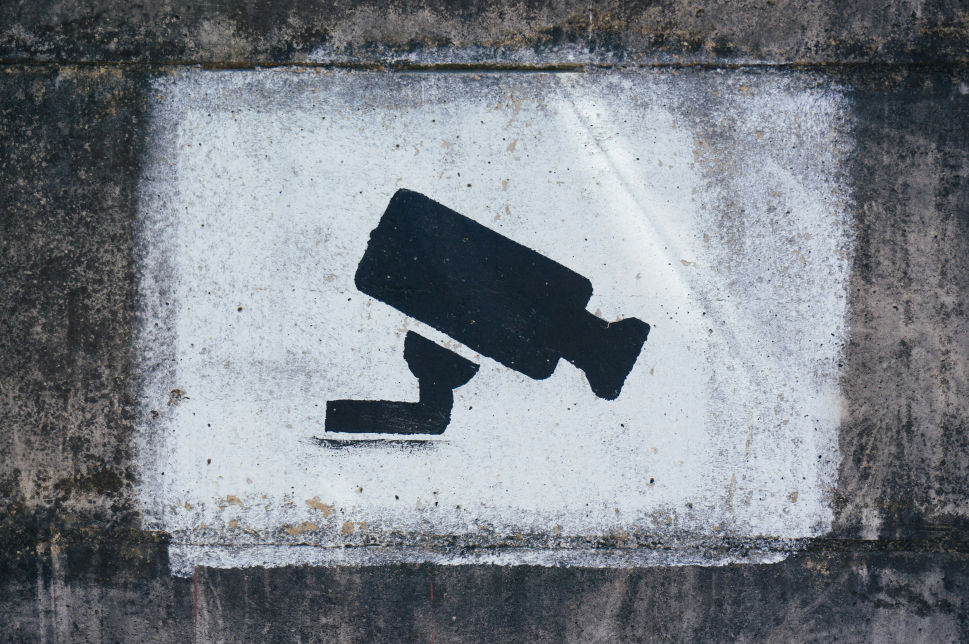 Security Updates
Security UpdatesWhat Is Security Monitoring? Importance and Tools
Explore the importance of security monitoring, its key roles, types, and how it protects organizations against threats, ensuring compliance and pro...
 Security Updates
Security UpdatesServer 2012 R2 End of Life: Implications and Next Steps
Learn about Server 2012 R2 end of life: Understand its impact, key dates, risks post-EOL, and explore upgrade options and migration strategies for ...
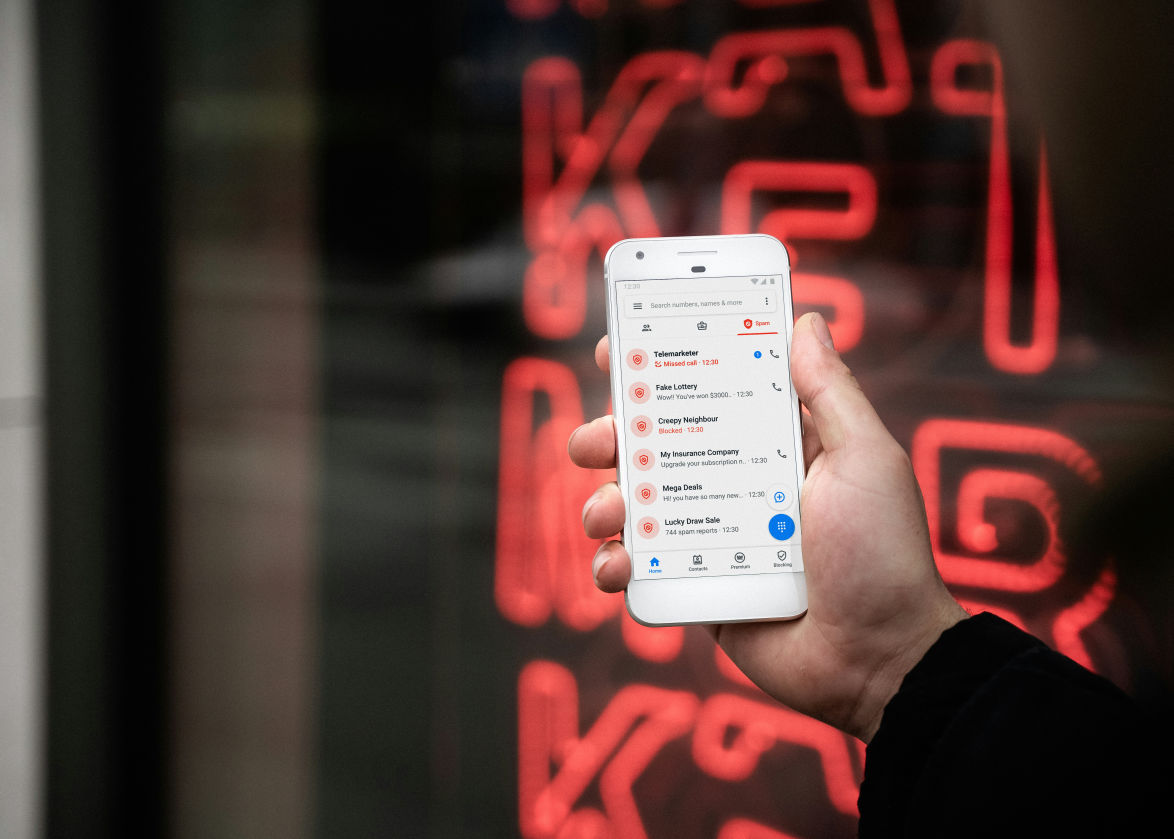 Security Updates
Security UpdatesProtect Personal Data: Smishing and Phishing Prevention
Know how to identify and protect against smishing and phishing attacks. Learn the techniques, types, and preventive measures for personal and busin...
 Security Updates
Security UpdatesSmurf Attack Guide: Prevention & Detection Strategies
Explore prevention & recovery from Smurf Attacks: Understand DDoS defense, detection signs, and secure network practices in our detailed cybersecur...
 Security Updates
Security UpdatesWhat is a Bad USB Attack, and How Do You Prevent It?
Learn about Bad USB attacks, their various forms, and strategies for safeguarding devices. Learn how to mitigate risks with effective prevention te...
 Security Updates
Security UpdatesKey Differences Between DOS Attack vs DDOS Attack
Explore the key differences between DDoS vs DoS attacks, their types, impacts, and prevention strategies in our comprehensive guide to enhance cybe...
 Security Updates
Security UpdatesUnderstanding the Impact of a Ping of Death Attack
Explore the ins and outs of Ping of Death attacks. Understand how they work, their impact on networks, and strategies to prevent them to keep your ...
 Security Updates
Security UpdatesThe Power of the Human Firewall: Your First Line of Defense
Discover the critical role of the human firewall in cybersecurity, combining employee vigilance with technology to protect against cyber threats ef...
 Security Updates
Security UpdatesStateful Firewall vs. Stateless Firewalls: What's the Difference?
Learn the key differences between stateful and stateless firewalls and how they protect your network. Discover the right choice for your security n...
 Security Updates
Security UpdatesUnderstanding the 4 Levels of PCI Compliance
Explore PCI DSS Compliance with RedZone: Key steps to protect card data and ensure secure transactions. Learn about compliance levels and tips for ...
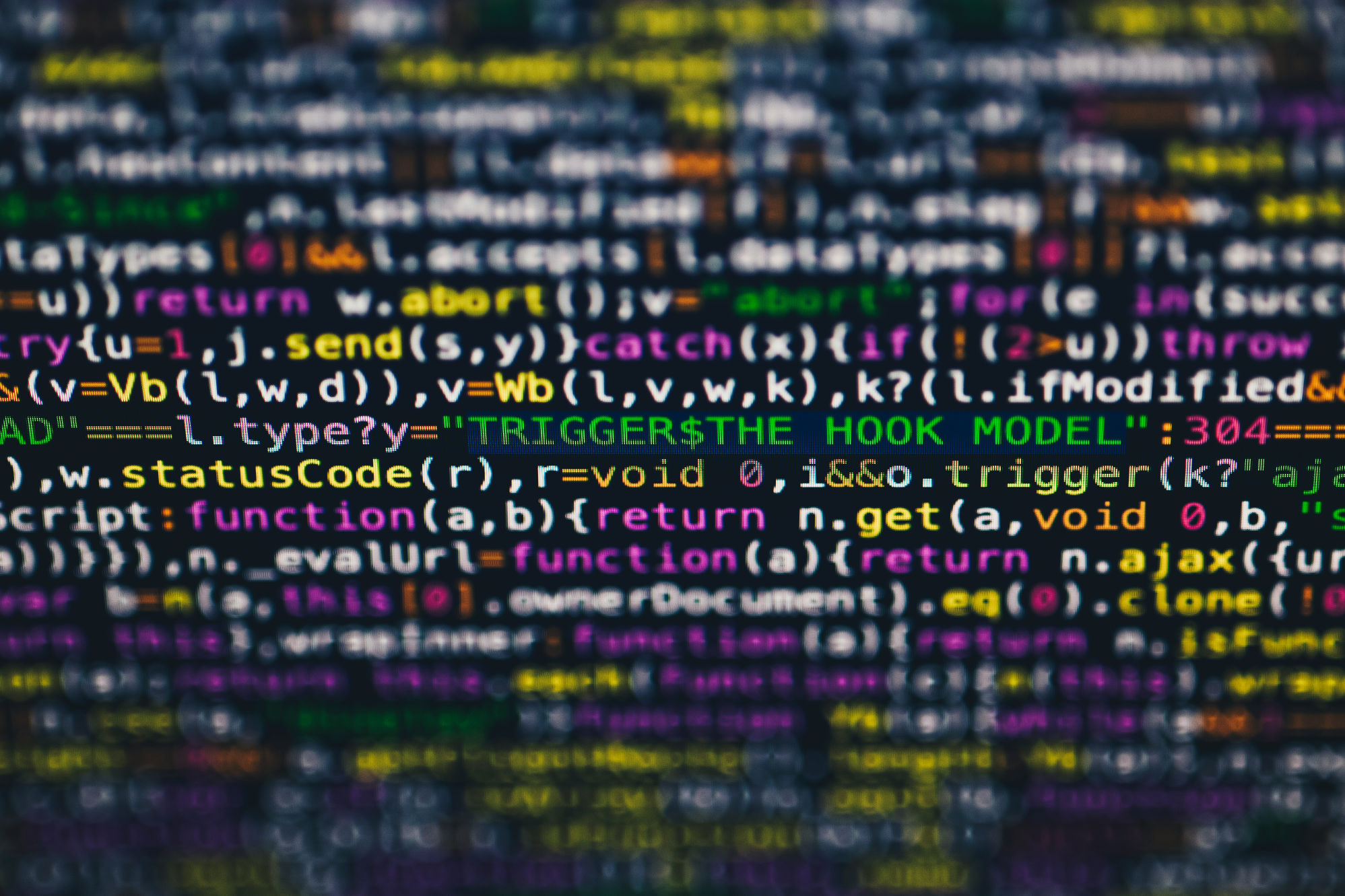 Security Updates
Security UpdatesWhat Is a Security Breach and How to Prevent Them
Learn how to effectively guard your business against security breaches with RedZone Technologies. Discover simple steps to keep your data safe and ...
 Security Updates
Security UpdatesUnderstanding Tailgating in Cybersecurity
Understand tailgating attacks in cybersecurity: what they are, how they work, and effective strategies for prevention to keep your business...
 Security Updates
Security UpdatesWhat is a Managed Service Provider and Its Benefits
Explore the role of Managed Service Providers (MSPs) in enhancing IT efficiency and cybersecurity for businesses, covering benefits, servi...
 Security Updates
Security UpdatesBreach Prevention: 5 Best Practices to Protect Your Data
Learn about data breaches: what they are, their impact, and how to prevent them. Explore best practices for securing your business against cyber th...






